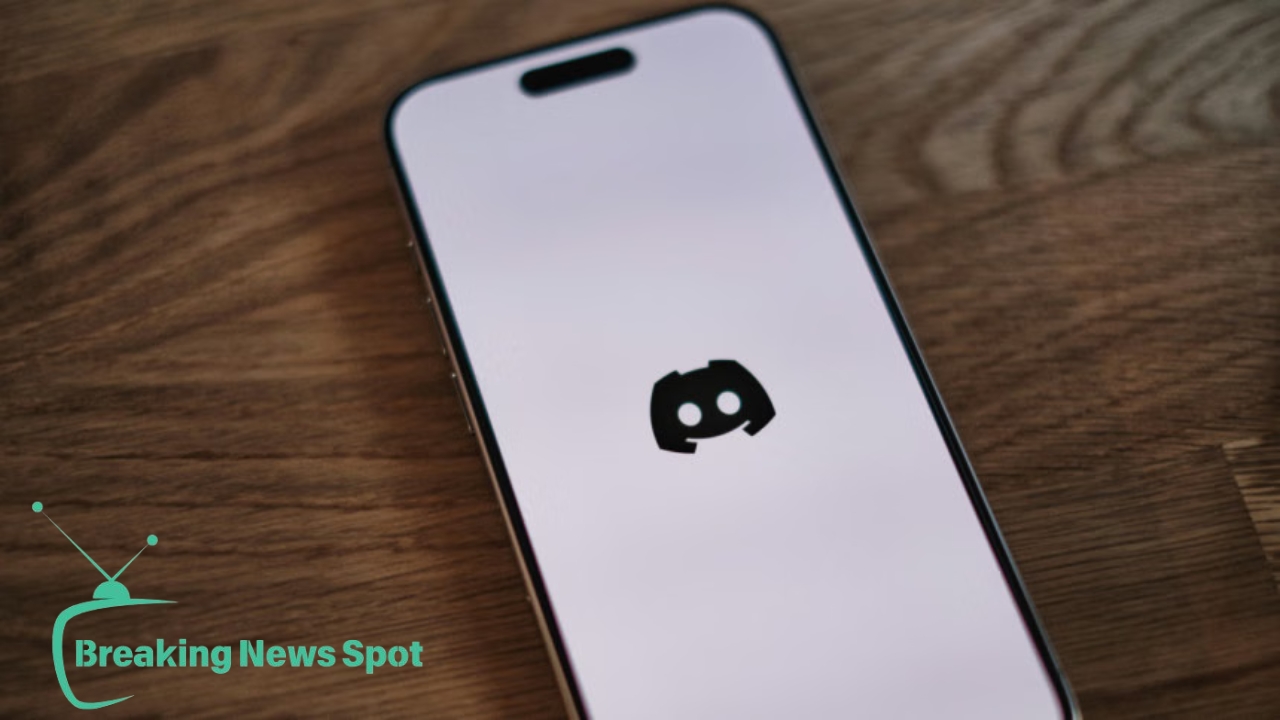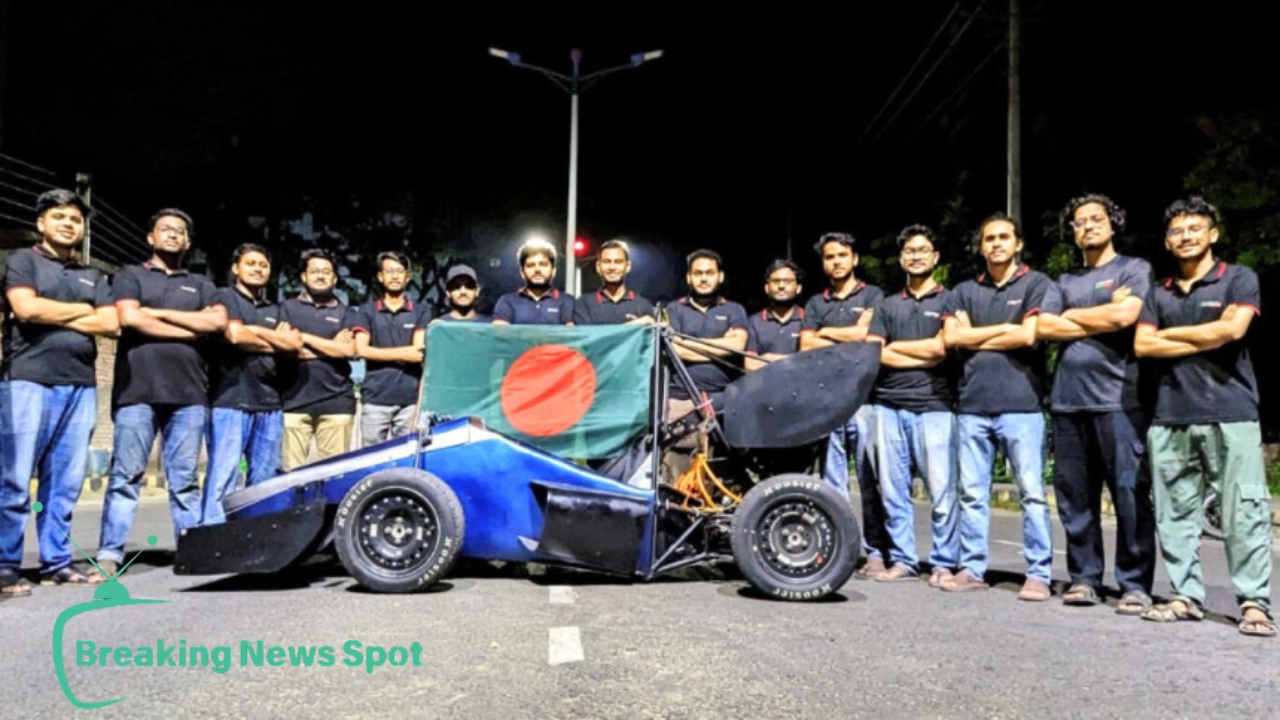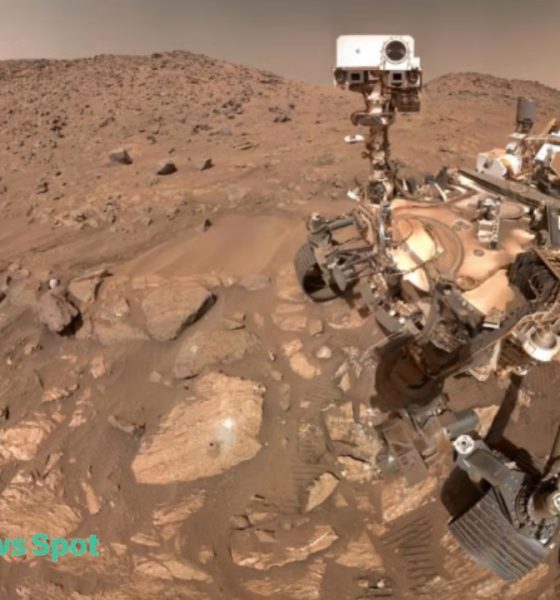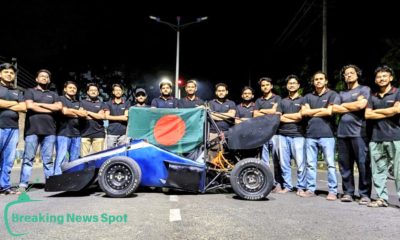Tech
WhatsApp Is Balancing Privacy and AI Features

A new “Private Processing” mechanism will be used by WhatsApp’s AI technologies to provide cloud access without exposing end-to-end encrypted messages to Meta or anybody else. However, specialists continue to identify hazards.
In the upcoming weeks, cloud-based AI capabilities will be introduced by WhatsApp, an end-to-end encrypted communication app that is used by approximately 3 billion people worldwide. These capabilities are intended to maintain WhatsApp’s fundamental security and privacy guarantees while providing users with tools for message composition and summarization.
Llama, an open source big language model, is the foundation for the generative AI features that Meta has been integrating into its services. A light blue circle that provides users with access to the Meta AI assistant is already incorporated into WhatsApp. However, since interactions with the AI assistant aren’t protected from Meta like end-to-end encrypted WhatsApp communications are, a lot of users have objected to this inclusion. With what the business claims is a carefully designed and purpose-built platform dedicated to processing data for AI activities without the information being accessible to Meta, WhatsApp, or any other party, the new feature, called Private Processing, is intended to allay these worries.Although the scheme’s integrity has received favorable first assessments from researchers, others point out that WhatsApp may eventually go downhill as a result of its shift to AI features.
Many different researchers and threat actors target and examine WhatsApp. This indicates that its threat model is well known internally, according to Chris Rohlf, director of security engineering at Meta. “This wasn’t just about managing the expansion of that threat model and making sure the expectations for privacy and security were met—it was about carefully considering the user experience and making this opt-in because there’s also an existing set of privacy expectations from users.”
Only the sender and the recipient, or the participants in a group chat, can access end-to-end encrypted conversations. By design, the service provider—in this example, WhatsApp and its parent firm Meta—is confined and unable to access customers’ calls or messages. Typical generative AI platforms, which require access to user requests and data in order to compute huge language models on cloud servers, cannot work with this configuration. The objective of Private Processing is to develop a different framework that integrates AI while maintaining the privacy and security assurances of end-to-end encrypted communication.Users can choose to use WhatsApp’s AI features, and by activating a new WhatsApp setting called “Advanced Chat Privacy,” they can also stop other users from using the AI features in shared discussions.
WhatsApp stated in a blog post last week that “you can block others from exporting chats, auto-downloading media to their phone, and using messages for AI features when the setting is on.” Participants just need to be aware of any changes they make because, similar to disappearing messages, anyone in a chat can switch Advanced Chat Privacy on and off, which is recorded for everyone to view.Sensitive data is isolated in a “Trusted Execution Environment,” a locked-down, isolated area of a processor, thanks to specialized hardware used in private processing. The system is designed to process and store data for as little time as possible. If it detects any tampering or changes, it will grind to a halt and issue an alert. In order to encourage the security community to report bugs and potential vulnerabilities, WhatsApp is already allowing third parties to audit various system components and will join the Meta bug bounty program.In the end, Meta adds, it intends to make the Private Processing components open source in order to facilitate the development of comparable services by others and to allow for further validation of its security and privacy assurances.
For its Apple Intelligence AI platform, Apple introduced a comparable program last year called Private Cloud Compute. Additionally, users can activate the service in Messages, Apple’s end-to-end encrypted communication software, to create “Smart Reply” messages on Macs and iPhones and produce message summaries.
Comparing private processing versus private cloud computing is like comparing, well, apples and oranges. All applications of Apple Intelligence are supported by Apple’s Private Cloud Compute. Conversely, Private Processing was developed specifically for WhatsApp and does not support Meta’s AI capabilities in general. Additionally, Apple Intelligence is built to conduct as much AI as possible on-device and only access the Private Cloud Compute infrastructure as required. Apple only created Apple Intelligence to function at all on its most recent generations of mobile hardware because such “on device” or “local” processing necessitates sophisticated hardware. Apple Intelligence will never be supported by outdated iPads and iPhones.
While Meta is a software firm with around 3 billion users who own a variety of smartphones, including low-end and outdated models, Apple is a maker of high-end smartphones and other hardware. Designing AI features for WhatsApp that could operate locally on the variety of devices WhatsApp services was not practical, according to Rohlf and Colin Clemmons, one of the main engineers for Private Processing. Rather, WhatsApp concentrated on making Private Processing as useless as possible for hackers in the event that it was compromised.
According to Clemmons, “the design is one of risk minimization.” “The value of jeopardizing the system should be minimized.”
However, the entire endeavor begs the more fundamental question of whether a secure messaging app such as WhatsApp should even have AI capabilities. However, users now anticipate the features and will do whatever it takes to get them, according to Meta.
In an email to WIRED, WhatsApp CEO Will Cathcart stated, “A lot of people want to use AI tools to help them when they are messaging.” “We believe that creating a private method to accomplish that is crucial, as users shouldn’t have to move to a less private platform in order to access the features they require.”
A pure end-to-end system will be less dangerous than any end-to-end encrypted system that makes use of off-device AI inference. Matt Green, a cryptographer at Johns Hopkins who hasn’t evaluated the entire system but has seen some of the privacy promises of Private Processing, says, “You’re sending data to a computer in a data center, and that machine sees your private texts.” “When WhatsApp claims that they have made this as safe as possible and that they are unable to read your texts, I believe them. However, I believe there are dangers involved as well. More private information will be lost, and hackers and nation-state enemies will target the computers that handle this data.
WhatsApp also claims that Private Processing would presumably lay the groundwork for future developments of more complex and involved AI features that need processing and maybe storing more data, going beyond simple AI functions like text summarization and writing recommendations.
According to Green, “any and all of this will make the Private Processing computers into a very big target given all the crazy things people use secure messengers for.”
Tech
Possible signs of ancient life on Mars are discovered by a NASA rover.

The Perseverance of NASA According to study that was published on September 10 in the scientific journal Nature, the Mars rover may have found signs of ancient microbial life on Mars.
NASA said the results are based on a rock sample that was taken in Jezero Crater, an old dry riverbed that used to supply water to the planet’s basin. ‘Cheyava Falls’ is the name of the rock that was sampled in 2024 when the rover studied a feature known as Bright Angel.
According to NASA, the sample, now known as “Sapphire Canyon,” included mineral patterns and chemical compounds that scientists believe could be potential biosignatures—features that may be connected to biological activity but need more research before any inferences about life can be made.
Within the sedimentary rocks, Perseverance’s sensors found organic carbon, sulfur, phosphorus, and oxidized iron—elements that potentially sustain microbial metabolisms on Earth.
Additionally, they discovered iron-rich minerals such as greigite (iron sulfide) and vivianite (hydrated iron phosphate), which are known to occur in conjunction with microbial activity or decomposing organic debris. However, the data is equivocal since these mineral fingerprints may also be created by non-biological events.
The finding, which contradicted previous theories that only older Martian formations may retain traces of life, was surprising since it originated from relatively fresh sedimentary rocks, according to experts. If verified, the finding would indicate that Mars was habitable later in its history than previously thought.
Since it began working at Jezero Crater in 2021, Perseverance has gathered 27 rock cores for analysis. In addition to continuing its research, NASA intends to utilize the rover to test materials for possible spacesuits and monitor environmental conditions in order to get ready for future human flights.
Tech
Gen Z selected Nepal’s new prime minister over Discord before the announcement was made.

Discord is a social networking service more commonly associated with online gaming, but last week hundreds of teenagers used it to support Nepal’s future leader, giving the nation’s political dilemma a new dimension.
Following weeks of turmoil, their candidate, former Nepalese Chief Justice Sushila Karki, was sworn in as Nepal’s first female prime minister on September 12 and led an interim administration.
After officials in the Himalayan state tried to limit social media use, Generation Z (those born approximately between 1997 and 2012) took the lead in the demonstrations, which were mostly against corruption.
Using internet platforms, protesters—many of whom were in their teens and twenties—organized marches, disseminated information, and ultimately cast ballots for possible candidates. As reported by India Today recently, the most well-known center was a Discord server dubbed ‘Youth Against Corruption’, which at its height had over 130,000 members.
In the last round on September 10, more than 7,713 ballots were cast, and Karki received a majority of more than 50% of the vote, according to a recent article from the South China Morning Post. Prior to her formal appointment on September 12, Karki met with General Ashok Raj Sigdel, the leader of Nepal’s army, and President Ram Chandra Poudel.
It’s unclear, though, if the Discord vote had a direct impact on Sushila Karki’s official appointment as Nepal’s prime minister.
Discord was first created in 2015 by Jason Citron and Stanislav Vishnevskiy as a way for gamers to interact while playing. Since then, a younger audience has been drawn to its straightforward interface and combination of text, audio, and video features, particularly during the pandemic when usage grew well beyond the realm of games.
Hundreds of thousands of people can join Discord servers, forming large online communities with news, debate, and coordination channels.
The platform turned as a vital organizing tool for the protests in Nepal. In addition to the leadership vote, volunteers established channels for fact-checking, emergency support, and logistics within the Youth Against Corruption site. With the use of this system, protesters were able to control information flows in real time while staying away from major social media sites that were prohibited, like Facebook, Instagram, X, LinkedIn, and others.
Tech
Bangladesh will be represented at Formula SAE Japan 2025 by the RUET team.

At one of the most prominent engineering design contests in the world, Formula SAE Japan 2025, where students construct and compete in formula-style electric vehicles, Team Crack Platoon from Rajshahi University of Engineering and Technology (RUET) is representing Bangladesh.
At Aichi Sky Expo, Formula SAE Japan 2025 got underway on September 8 and will run through September 13. Ninety teams were chosen this year from a large number of international applications; the only Bangladeshi team to make it was Team Crack Platoon from RUET. Since no other South Asian team has made it to the competition this year, they are also representing the area.
The Society of Automotive Engineers (SAE) organizes the competition every year, which is widely regarded as the “Olympics of Engineering Students” and challenges competitors to design, build, and test automobiles that adhere to exacting international standards. Teams are graded on many things, such as their design, cost analysis, business presentation, and how well they stay on track with their performance.
Team Crack Platoon will be racing with CP-Astrion, their third-generation electric race car. It has a lightweight composite frame, wings that are better at reducing drag, and a battery system backed by Tesla. As the team says, this car was built to meet the world safety and performance norms of Formula SAE.
“We’re excited to learn from the best and show that Bangladeshi students can compete on this global stage,” team captain Saadman Saqueeb stated in reference to the tournament. The tale of CP-Astrion, which was created with little funding but a great deal of enthusiasm and collaboration, is what sets us apart.
The group believes that by sharing their experience, other students will be inspired to investigate innovation. “We want our journey to demonstrate that Bangladesh can produce world-class engineering,” Saqueeb continued. We believe that if we can do it, anybody can, and we hope that this encourages creativity and experiential learning throughout South Asia.
There are 28 people in the entire Crack Platoon team, and they work in several departments like design, business operations, electrical, and mechanical. Team Captain Saadman Saqueeb, Electrical Head Sudipto Mondal, Mechanical Head Md Habibullah, Design Head Md Nayem, and Business Head Rafiul Haque Ayon are in charge of the sectors.
-

 Tech6 months ago
Tech6 months agoDo you frequently use ChatGPT? A study says that you’re lonely.
-

 Sports6 months ago
Sports6 months agoMessi comes back and scores in less than two minutes.
-

 Sports7 months ago
Sports7 months agoThey will make IPL a hit
-

 Entertainment7 months ago
Entertainment7 months agoDue to his mental health issues, David Kushner has cancelled his tour.
-

 Entertainment7 months ago
Entertainment7 months agoWhy did Juhi reject Salman?
-

 World7 months ago
World7 months agoIsrael continues its Gaza attack, killing a journalist and issuing evacuation orders.
-

 Fashion7 months ago
Fashion7 months agoBefore getting your ears pierced, here are some things to consider
-

 Tech7 months ago
Tech7 months agoXiaomi brings Redmi Note 14














